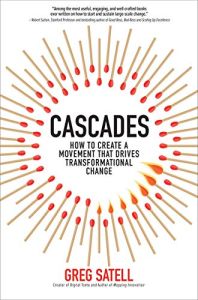
Cascades
How to Create a Movement that Drives Transformational Change
Recommendation
Rev. Martin Luther King Jr. couldn’t have achieved all he did in the fight for civil rights without the activists who joined his “cascading movement.” Innovation adviser Greg Satell uses this example and many others to glean six principles central to transformational change due to social, political, military and corporate uprisings. Movements start with a concrete “keystone change” that mobilizes the masses nonviolently. This well-referenced report offers fascinating new and historic examples. Read deeply: The examples sometimes dilute Satell’s bold, pivotal messages about networks, allies and cascades.
Summary
About the Author
Writer, speaker and innovation adviser Greg Satell specializes in transformational change. He is also the author of Mapping Innovation.








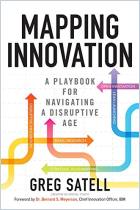
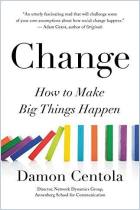
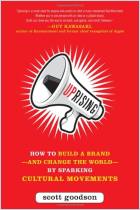

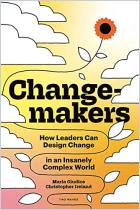






Comment on this summary